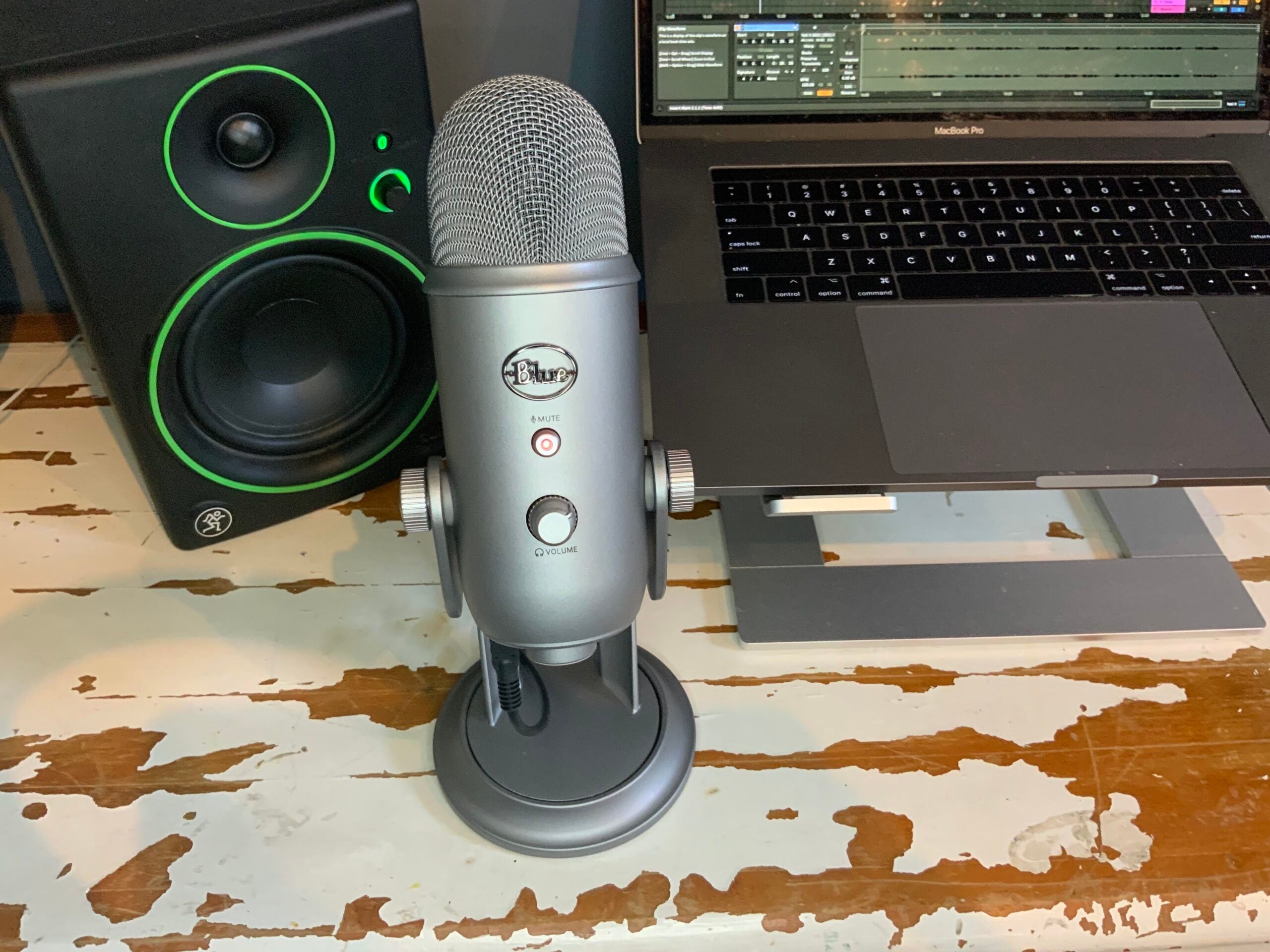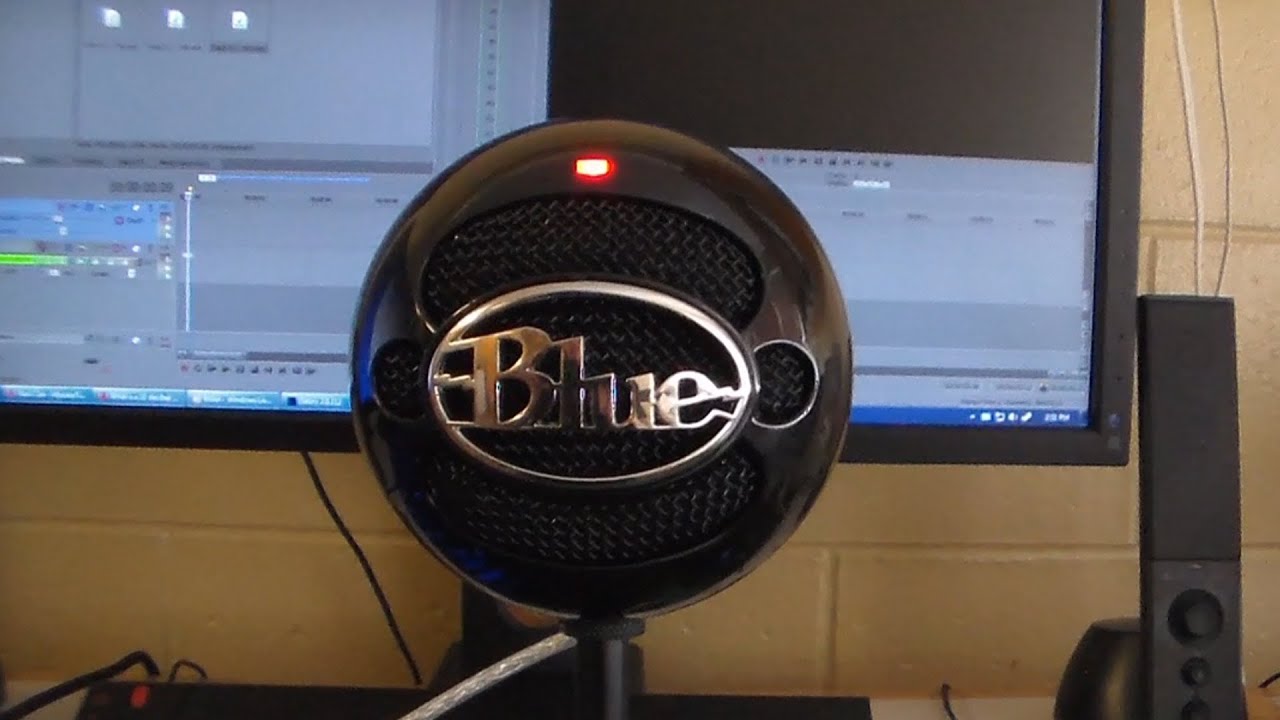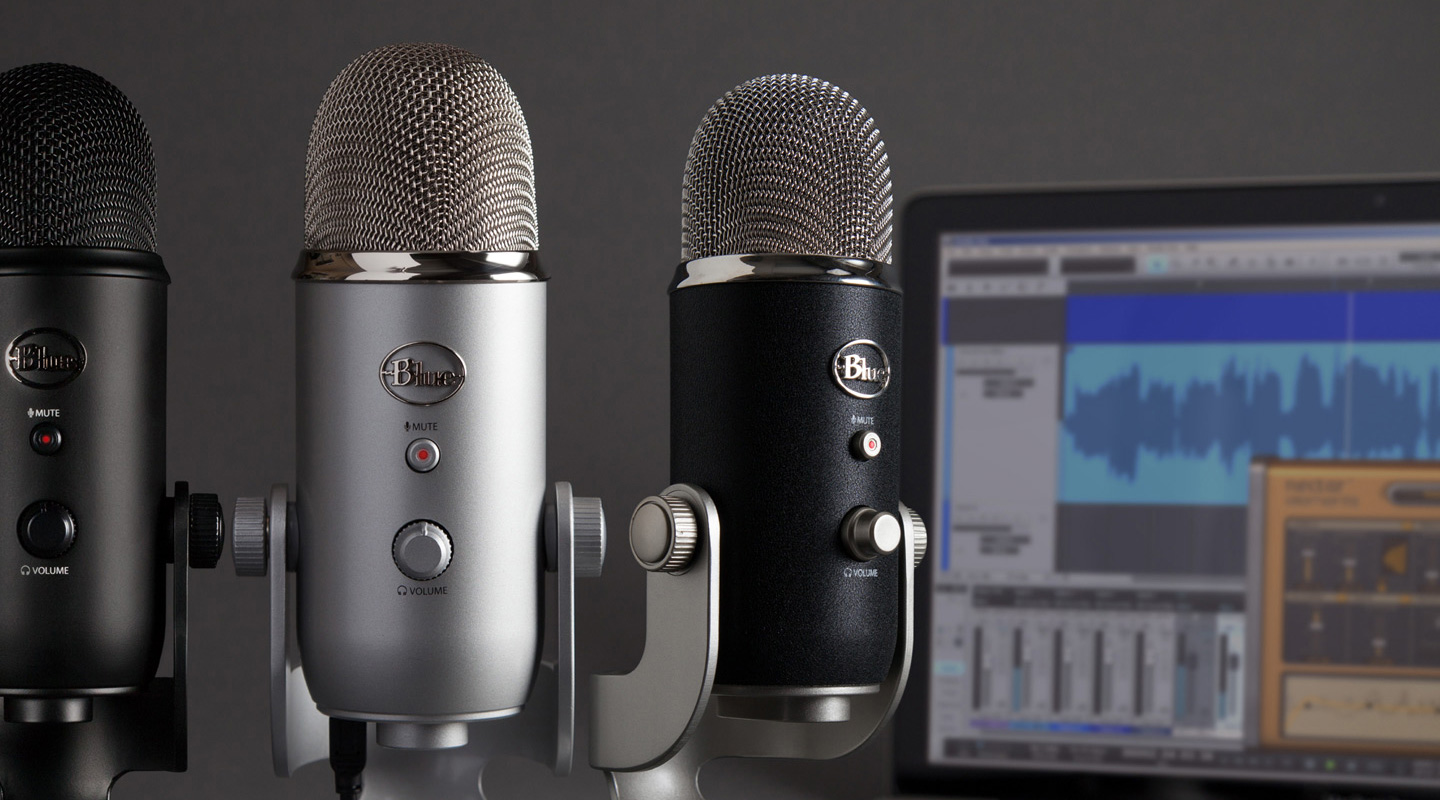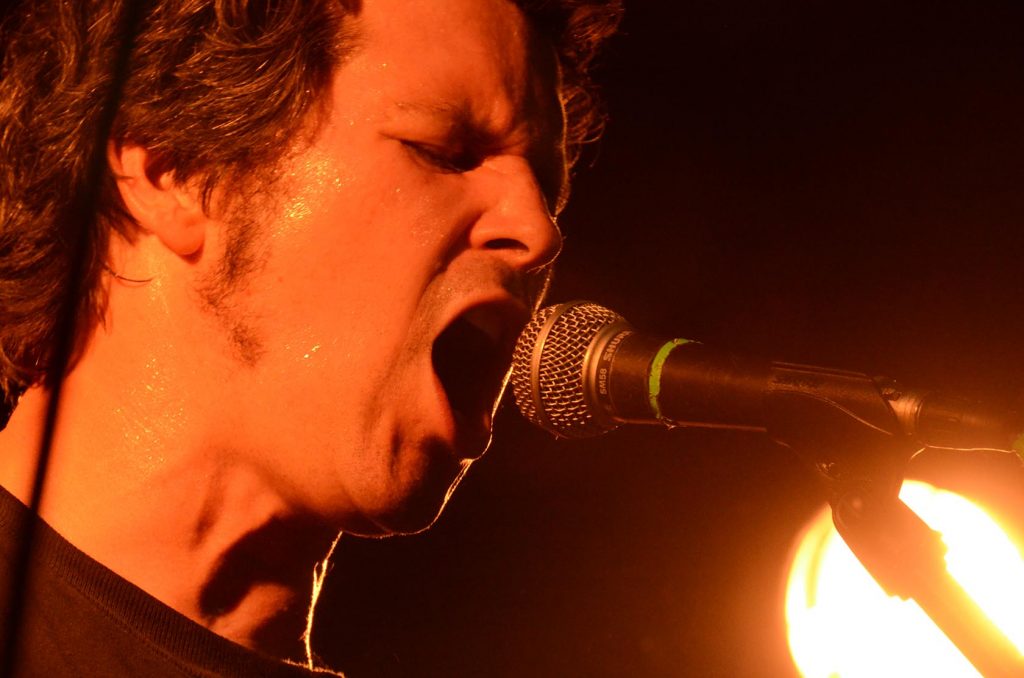Blue Yeti vs Snowball USB Mic
 Post thumbnail
Post thumbnail Blue mics have cool factor. People decide on a Blue before they know which model they want.
Budding podcasters and musicians often have a tough time choosing between the Blue Yeti and its smaller cousin the Snowball.
It’s a difficult comparison because these mics couldn’t be more different in terms of design. The Yeti is a solid, butt-kicking USB microphone. And the Snowball looks like a prop in an old science fiction flick.
Which one is better for your purposes? Let the games begin.
Recording Settings
First off, both Yeti and Snowball are more flexible than their closet competition from companies like Audio-Technica. This is because they offer a number of recording modes while others merely have a cardioid pattern that accepts sound from up front.
With the Yeti you have four settings you can switch between: stereo, cardioid, omnidirectional and bidirectional.
This opens up a lot of possibilities for recording. You can do everything from recording a one-on-one interview with just one mic or capture all the sounds in the room in 360 degrees. For full descriptions of what each recording mode does, read my Blue Yeti review.
The Snowball has three settings: cardioid, cardioid with a -10db PAD (for recording loud drums or guitars), plus omnidirectional. I describe these in more detail in my Blue Snowball review.
So, in terms of flexibility, the Yeti wins but the Snowball is certainly no slouch.
If you plan on recording your voice head-on, all this is gravy. You might be leaning toward the Snowball if you don’t plan to use your mic for different production applications. Blue mics with fewer recording patterns tend to be less expensive, and this is no exception.



